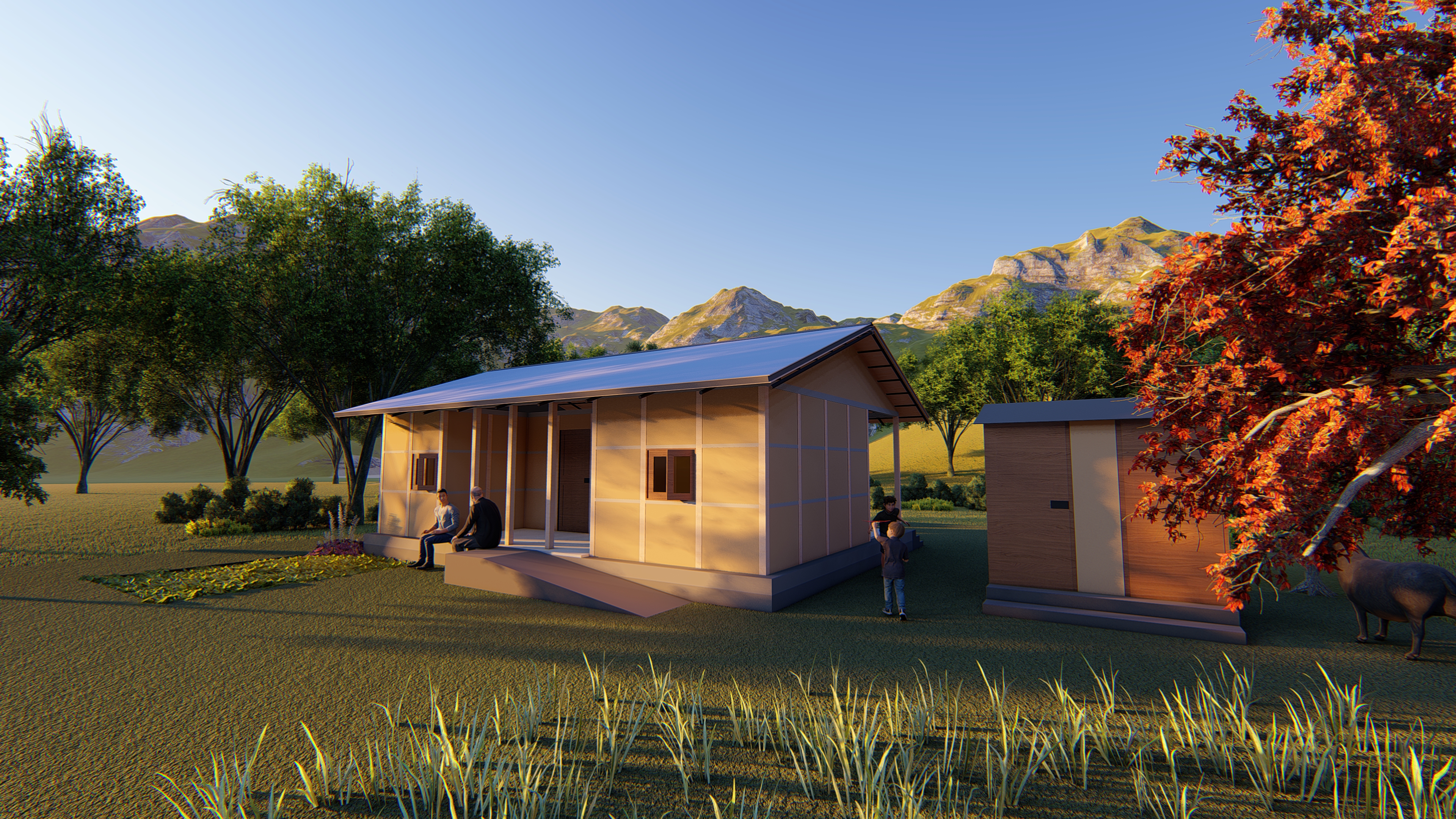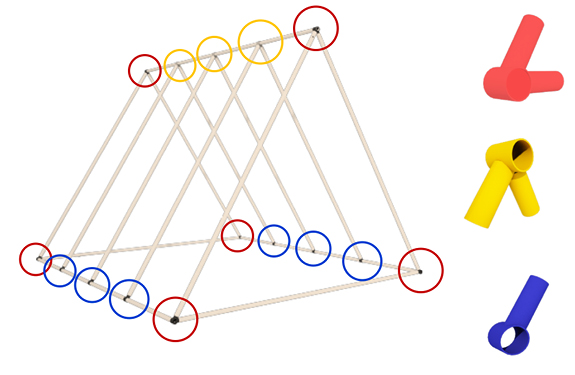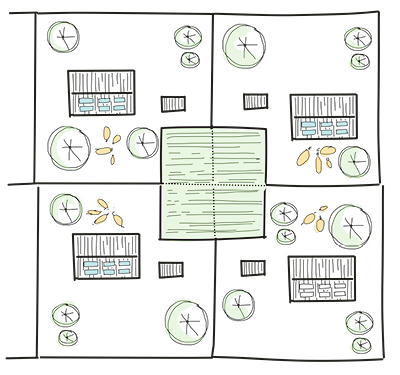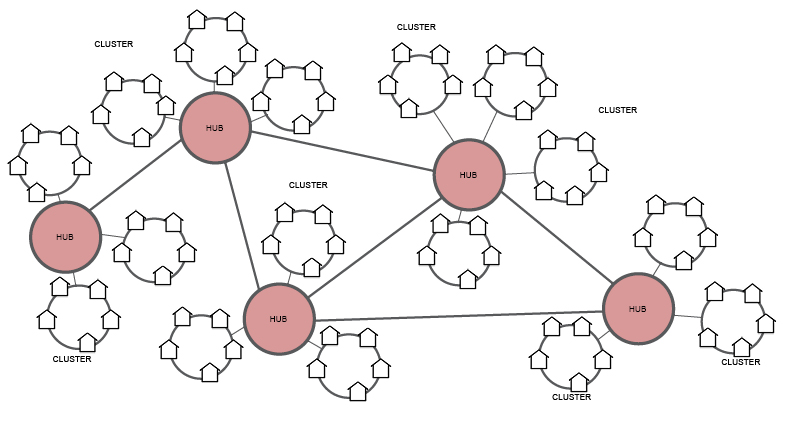
Uni-Shelter
Winner of Special Mentions in Resilient Homes Challenge by World Bank Group, UN Habitat and Build AcademyFall 2018
SEEDS (Sustainable Environment and Ecological Development Society)
Architect and Research Associate
Location
Himalayan Mountain Range, India
Neighbourhood Scale
Type
Post-disaster shelter
Team
Niharika Shekhawat, Shivani Raina, Sasank Ivs, Aditya
‘A shelter within a month and a home within a year’: a modular temporary shelter grows into an intermediate and then finally a permanent shelter. This idea of a temporal house stems from the fact that spatial requirements need to be met immediately post-disaster, and the shelter then must incrementally grow towards permanence. This incremental necessitates the inter-stage up-cycling of materials and the development of a flexible joinery system that can accept a variety of vernacular and modern materials. Decentralization of processes amongst the hubs: The function of the cluster centers is to manage construction material, its treatment, social activities, training artisans and orientation towards an Owner driven Reconstruction Hubs. At the township level, it will link with local government departments and other stakeholders.






Stage 1
Structure - Steel / Bamboo / Timber
Skin - Fire-proof canvas
Flooring - Linoleum / local floor mats
Foundation - Diamond pier footing


Stage 2
Structure - Steel / Bamboo / Timber
Skin - GI sandwich roof panels with insulation (wool / denim / straw bale)
Flooring - Linoleum / local floor mats
Foundation - Diamond pier


Stage 3
Structure - Steel / Bamboo / Timber
Roof - Insulated GI sandwich roof panels
Walls - 1. Dhajji-dewari / Wattle-and-daub panels (EKRA panels)
Foundation - Diamond pier footing

Split view of the structure of the third stage of the shelter




 The modularity of the design and the simple joinery system ensures rapid construction.
The modularity of the design and the simple joinery system ensures rapid construction. 1 million can be erected in 30 days



Stage 1 model representation
Stage 2 model representation
Stage 3 model representation

Potential expansion and self sustainability

On a community level, we have proposed shared farms, rainwater tank
and solar power grid—created through shared resources.
 Hybrid Hub and Spoke model:
Hybrid Hub and Spoke model:
Decentralisation of processes amongst the hubs and the cluster centers. The function of the cluster centers is to manage construction material, its treatment and seasoning, social activities, training artisans and orientation of owners towards an Owner driven Reconstruction Hubs at the township level will link the entire programme with local government departments and other stakeholders and also assist in prototyping of the houses.